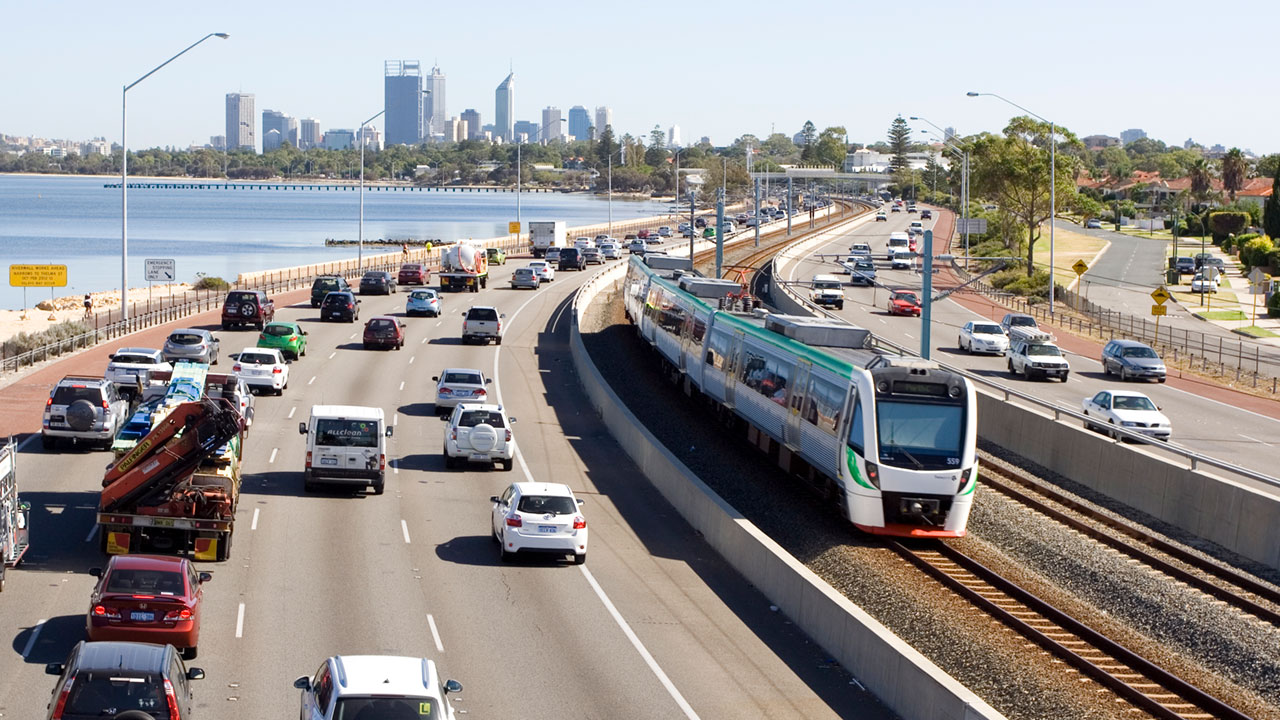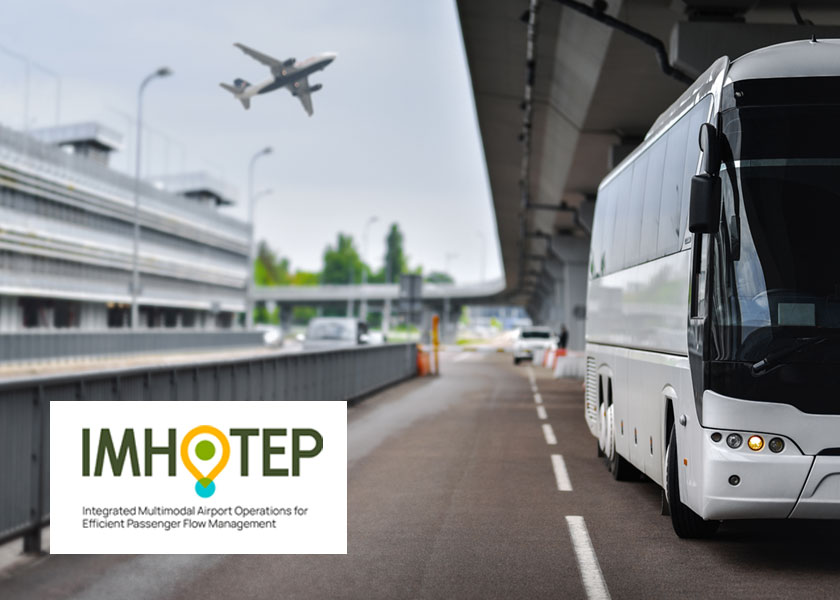
Deeper than Data
What is the value of data analytics in the mobility sector? The usual starting place is to look at historical data to find recurrences and trends but if you have real-time data feeds, then you can go deeper

What is the value of data analytics in the mobility sector? The usual starting place is to look at historical data to find recurrences and trends but if you have real-time data feeds, then you can go deeper

The phrase “digital twin” has become ubiquitous in the field of transportation, but what does it really mean?

Unlike purely data-driven methods, a simulation-based approach enables prediction of traffic states under recurrent conditions but also to predict the impact of incidents or changes to traffic control plans.

The power of combining AI techniques with simulation in real time for accurate predictions and effective response plans under any conditions.

Mobility patterns are a cornerstone of mobility demand modelling; clustering helps us extract usable daily patterns from huge sets of traffic data.

Classification problems with highly unbalanced datasets, such as incident detection, pose the trade-off between true positive rate and false negative rate.

Unsupervised learning is a great tool for data analysis, particularly for understanding how mobility has changed due to COVID-19.

Supervised learning can help us to train our model to predict the right mobility patterns.

OK, big data is not dead, but the AI community is already moving beyond it and towards a new AI paradigm.

In the last post we discussed the current trends in Machine Learning (ML) and the need to go beyond big data. But how does this affect the fields of ITS and smart cities?

Machine learning can assist traffic simulation systems and reduce computational effort by providing network-wide traffic state estimation under unseen conditions.

The EU-funded SPINE project employs simulation and data-driven models to virtually assess the impact of new solutions for increasing public transport’s modal share and user satisfaction.

Evaluating safety in a traffic simulation environment has always been a controversial research topic because vehicles in a simulation are programmed in such a way that they cannot potentially cause accidents.

Road safety is a major concern for public administrations worldwide: severe injuries and fatalities are not only a human tragedy but also have huge social costs

How can we explicitly represent, simulate and evaluate within-day behavioural (demand) and operational (supply) dynamics in emerging multi-actor passenger and freight transport systems?

The MultiDEPART team developed tools to plan, manage and monitor DRT solutions in Lisbon, Barcelona Metropolitan Area and Thessaloniki, targeting PTAs and facilitating the harmonization and scalability of DRT services across European cities.

In this new article, Mark Brackstone takes a look at how this EU-funded research group has taken cost-benefit analysis to the next level.

When Main Roads Western Australia installed a new traffic management system, their staff needed to learn how to use it in a realistic but risk-free environment – simulation training was the perfect solution.

How the IMHOTEP research project is using simulation technology to improve airport management and ease the many pain points for customers traveling to and from busy airports.

How Aimsun contributes to the TANGENT Project by integrating data-driven and simulation-based solutions into different tools and technologies developed within the project, aiming to optimise multimodal transport operations

In 2022, Europe witnessed over 20,000 road fatalities. The European Commission’s ‘vision zero’ aims to eliminate all road fatalities and serious injuries by 2050.

The FRONTIER research project uses simulation, data analysis and prediction to test cooperative traffic management solutions in various cities across Europe
SHARE
Aimsun Next 24
Aimsun (2024). Aimsun Next 24 User’s Manual, Aimsun Next Version 24.0.0, Barcelona, Spain. Accessed on: April. 16, 2024. [Online].
Available: https://docs.aimsun.com/next/24.0.0/
Aimsun Next 24
@manual {AimsunManual,
title = {Aimsun Next 24 User’s Manual},
author = {Aimsun},
edition = {Aimsun Next 24.0.0},
address = {Barcelona, Spain},
year = {2024. [Online]},
month = {Accessed on: Month, Day, Year},
url = {https://docs.aimsun.com/next/24.0.0},
}
Aimsun Next 24
TY – COMP
T1 – Aimsun Next 24 User’s Manual
A1 – Aimsun
ET – Aimsun Next Version 24.0.0
Y1 – 2024
Y2 – Accessed on: Month, Day, Year
CY – Barcelona, Spain
PB – Aimsun
UR – [In software]. Available:
https://docs.aimsun.com/next/24.0.0/